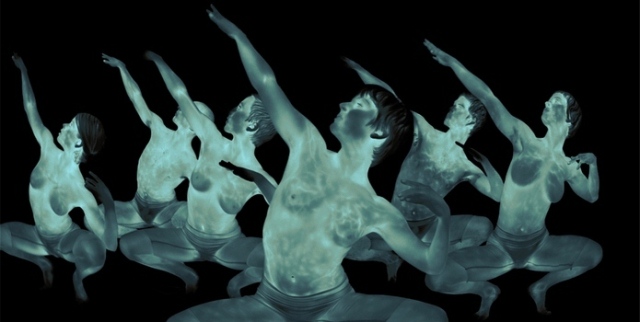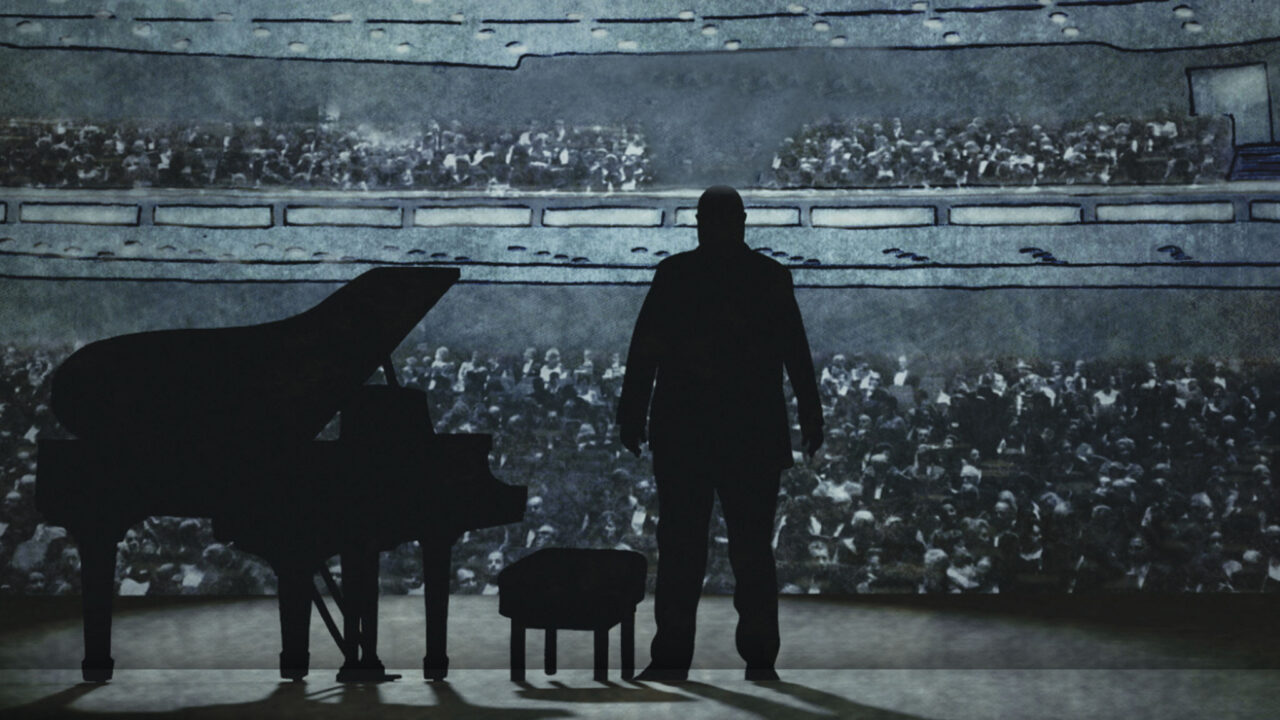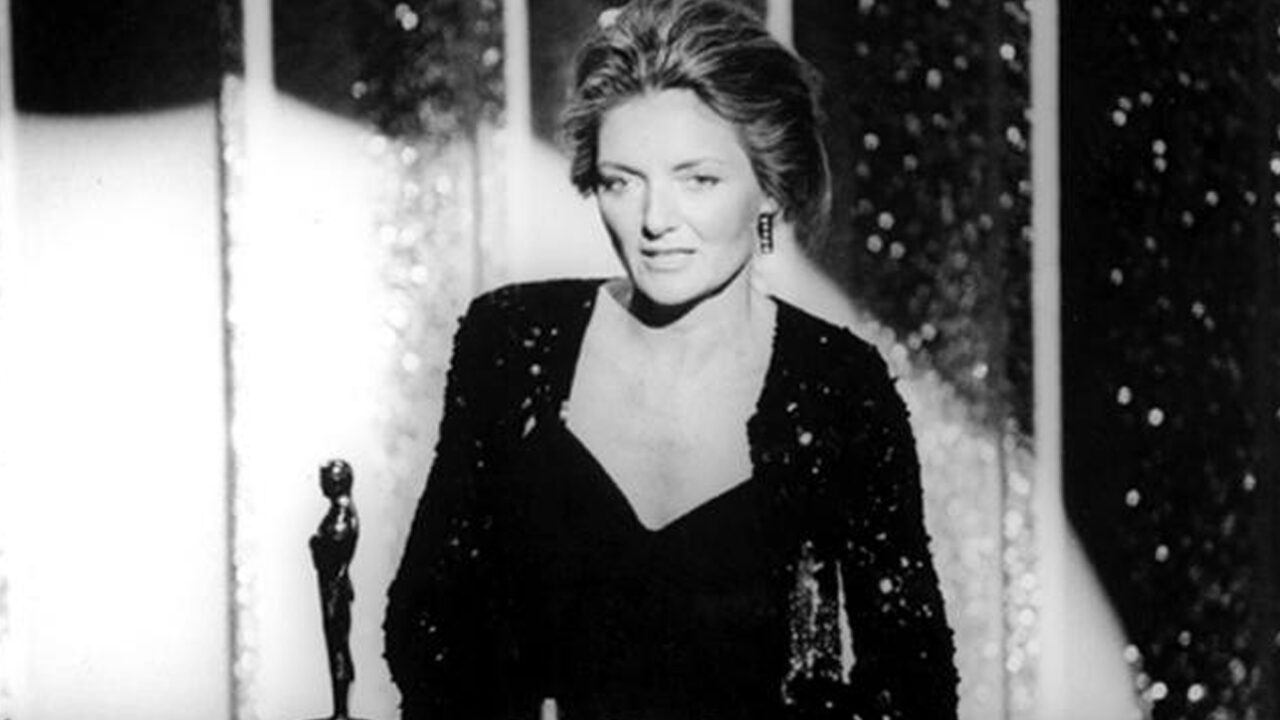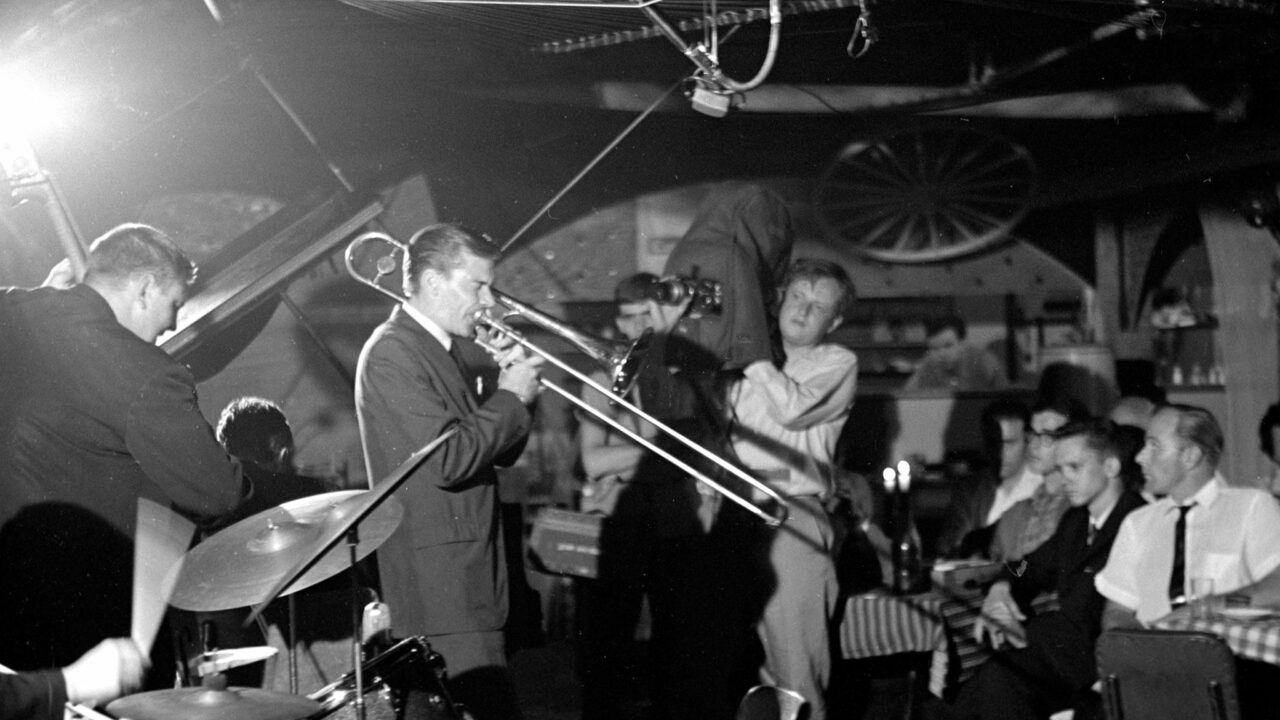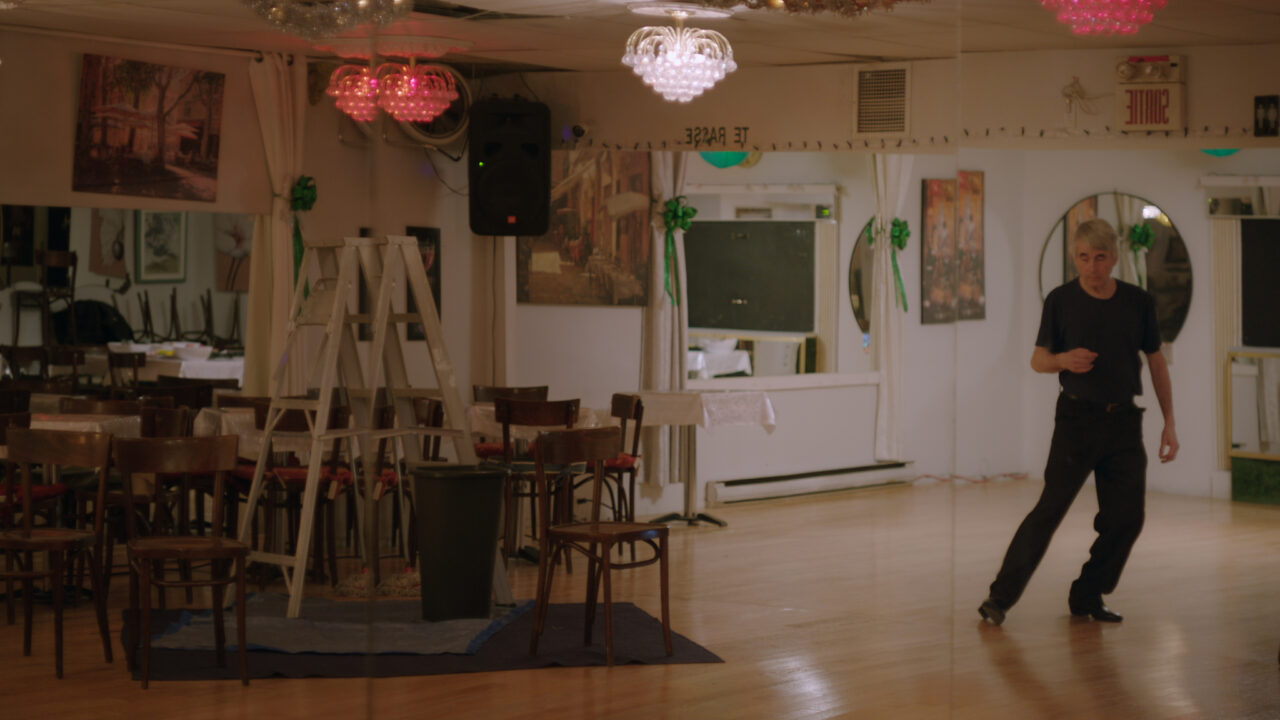Une semaine sous le signe de la danse.
Au programme: un classique de Norman McLaren, Pas de deux. Du même réalisateur, Ballet Adagio, film, tourné au ralenti, souligne la maîtrise des danseurs et la précision de leurs gestes. Source, réalisé par Pepita Ferari, nous montre la danseuse et chorégraphe canadienne Margie Gillis en mouvement. Enfin vous découvrirez le travail du réalisateur Philippe Baylaucq, à travers deux œuvres: Lodela, réalisé en 1996, un film qui célèbre la beauté du corps et du mouvement dans une métaphore de la vie et de la mort, et ORA, sa dernière création. Dans ORA, l’univers du chorégraphe José Navas rencontre celui du cinéaste Philippe Baylaucq pour créer des images qui ne ressemblent à aucune autre. Utilisant pour la première fois la thermographie 3D, le film met en scène six danseurs aux corps incandescents, partis la découverte d’un monde qu’ils marquent de leur propre chaleur.
Découvrez un extrait du film ORA.
<h3>About the film</h3>
<em><strong>Ora</strong></em> is an experimental short film that brings together the artistic worlds of choreographer José Navas and filmmaker Philippe Baylaucq. It's the first film to use 3D thermal imaging, producing visuals unlike anything ever seen before: the luminous variations of body heat seen on skin, bodies emitting a multitude of colours, a space filled with movement that transforms itself.
The film itself is a dance allegory inspired by Darwin's theory of evolution and the myths of narcissus and Prometheus. It was produced over a period of 2 years, during which Baylaucq was the filmmaker in residence at the NFB.
<em><strong>Ora</strong></em> was filmed without lighting. In order to see the internal heat of the human body transformed into light, extremely sensitive infrared thermal imaging technology was used. The use of these cameras is strictly controlled, and is limited to military, medical and scientific applications.
You can read more about this aspect in a recent <a href="http://www.theglobeandmail.com/news/arts/movies/the-nfb-film-ora-brought-to-you-by-the-us-military/article2199087/"><em>Globe and Mail</em></a> article.
<h3>About this playlist</h3>
This playlist contains 3 clips, presented in 2D, from the complete film. It also contains 4 short films:
<em><strong>A Meeting with Philippe Baylaucq</strong></em>, in which the filmmaker discusses the film and his approach to it.
<em><strong>A meeting with José Navas</strong></em>, which provides an opportunity to hear from the internationally acclaimed choreographer.
<em><strong>A Thermographic Adventure</strong></em>, in which we get a behind the scenes look at the cutting-edge 3D thermal imaging technology.
<em><strong>The Digital Imaging Challenge</strong></em>, a short exposé on the challenges of making the film.
HORAIRE
Dimanche 18 mars 19 h 00 – Baie Sainte-Marie
Lundi 19 mars 19 h 00 – Moncton / Caraquet
Mardi 20 mars 19 h 00 – Fredericton
Pour plus de détails concernant la programmation et les coordonnées de nos salles partenaires, cliquez ici ou visitez chaque semaine ONF.ca/rendez-vous.
